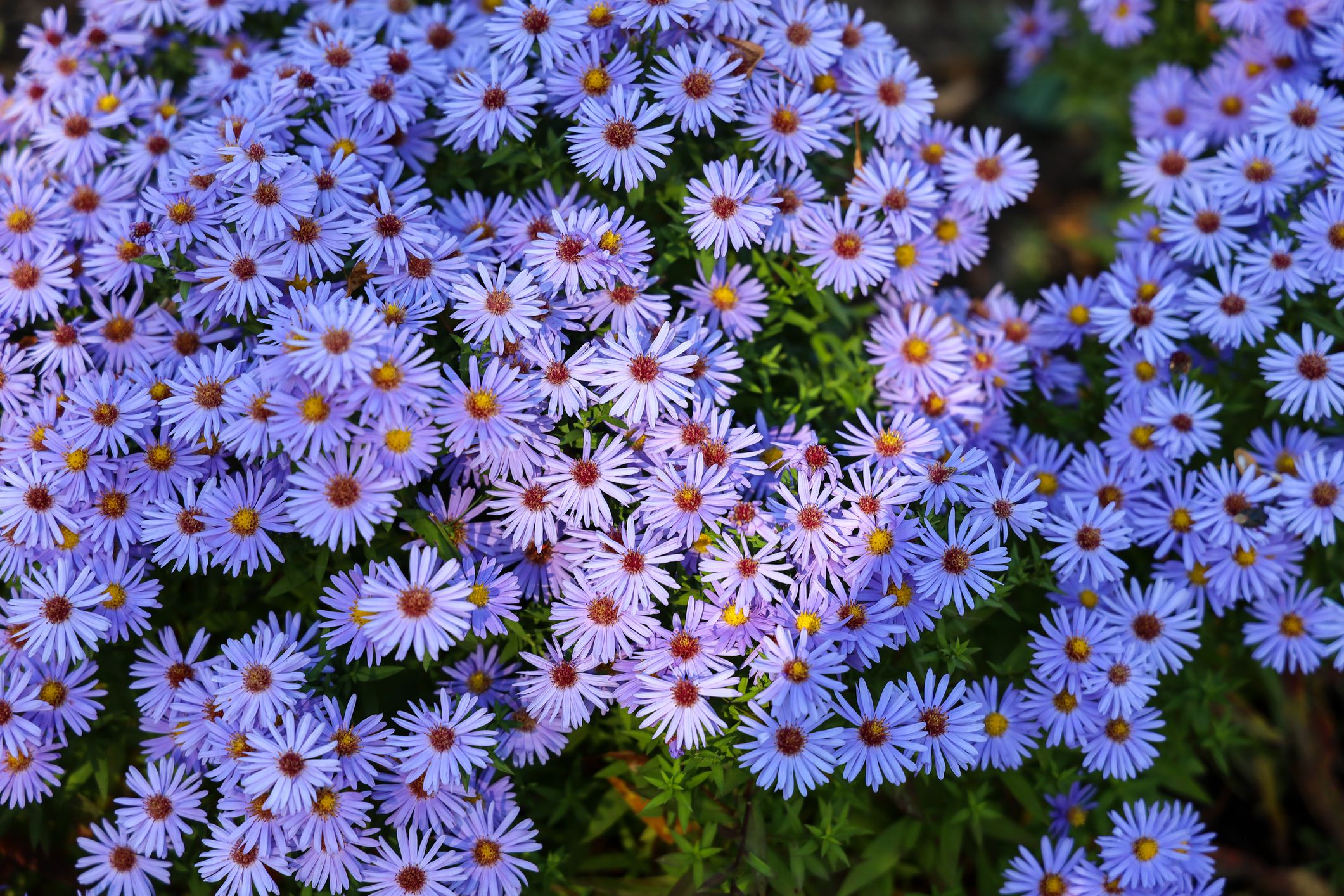Welcome to our blog on flowers that attract birds! Discover a vibrant array of blooms that will not only beautify your garden but also entice feathered friends. From bright, nectar-filled blossoms to seed-rich flowers, learn how to create a bird-friendly oasis right in your backyard.
Sunflowers (Helianthus spp.)
Sunflowers (Helianthus spp.) boast large, vibrant blooms that captivate with their striking beauty. These magnificent flowers produce an abundance of seeds, attracting a variety of birds such as finches, sparrows, cardinals, and chickadees. Their sunny disposition and ecological benefits make them a garden favorite.
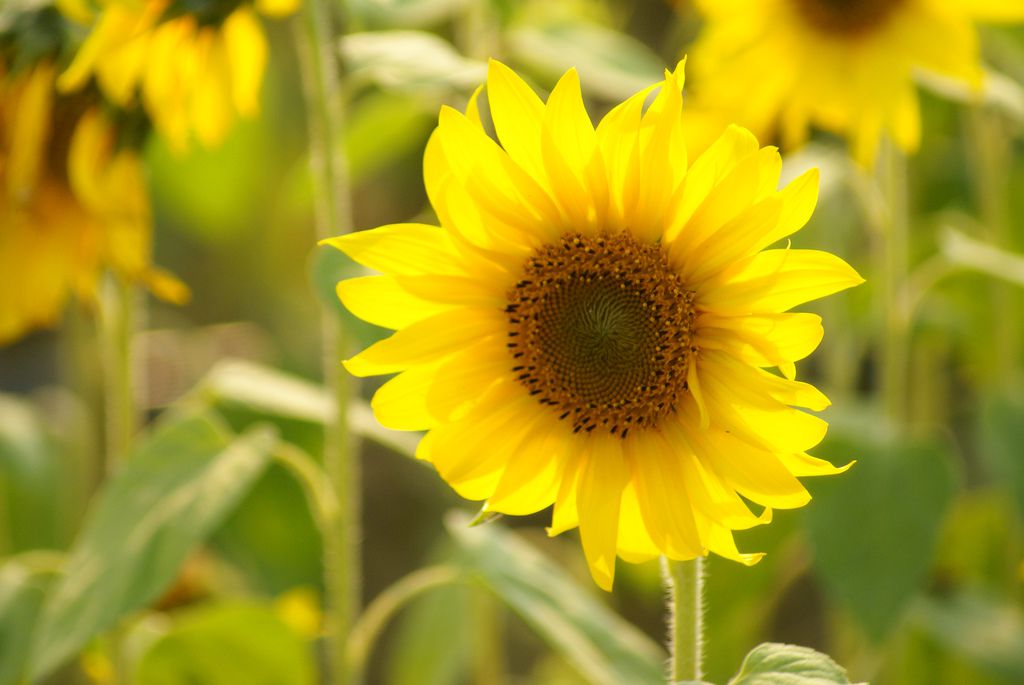
Bee Balm (Monarda spp.)
Bee Balm (Monarda spp.) features vibrant tubular flowers in shades of red, pink, purple, and white, making it a magnet for hummingbirds and various pollinators. This striking perennial not only enhances garden aesthetics but also supports biodiversity by attracting essential pollinators like bees and butterflies.
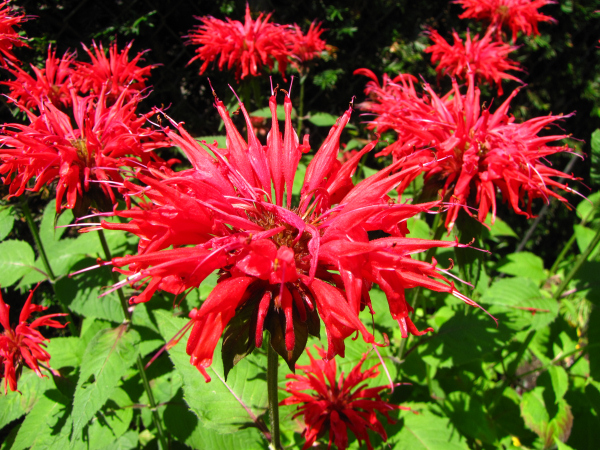
Coneflowers (Echinacea spp.)
Coneflowers (Echinacea spp.) attract goldfinches, butterflies, and various pollinators with their large, daisy-like blooms featuring prominent, raised centers. These hardy perennials provide vibrant colors and nectar, making them a favorite in gardens for their beauty and ecological benefits, supporting diverse wildlife and enhancing pollination.

Salvia (Salvia spp.)
Salvia (Salvia spp.) is a magnet for hummingbirds and butterflies, boasting vibrant, tubular flowers in stunning shades of red, blue, and purple. These hardy perennials add striking color and dynamic movement to gardens, thriving in sunny spots and well-drained soil, making them a favorite among pollinator plants.
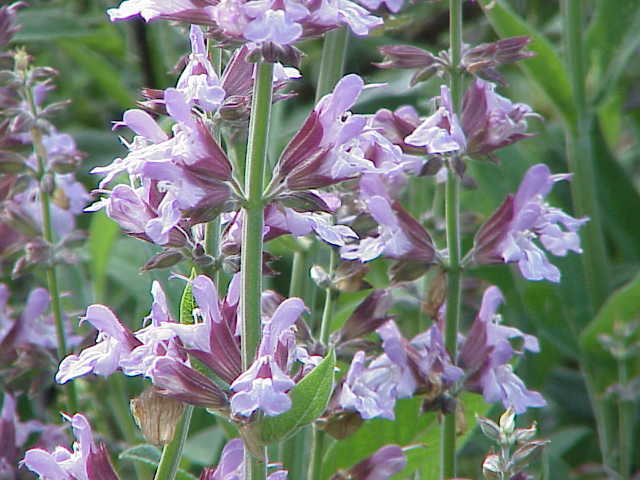
Black-eyed Susan (Rudbeckia spp.)
Black-eyed Susan (Rudbeckia spp.) showcases bright yellow flowers with striking dark centers, creating a vibrant display. These hardy perennials attract finches and other seed-eating birds, providing a valuable food source. Perfect for gardens and wildflower meadows, they thrive in full sun, adding beauty and ecological benefits.
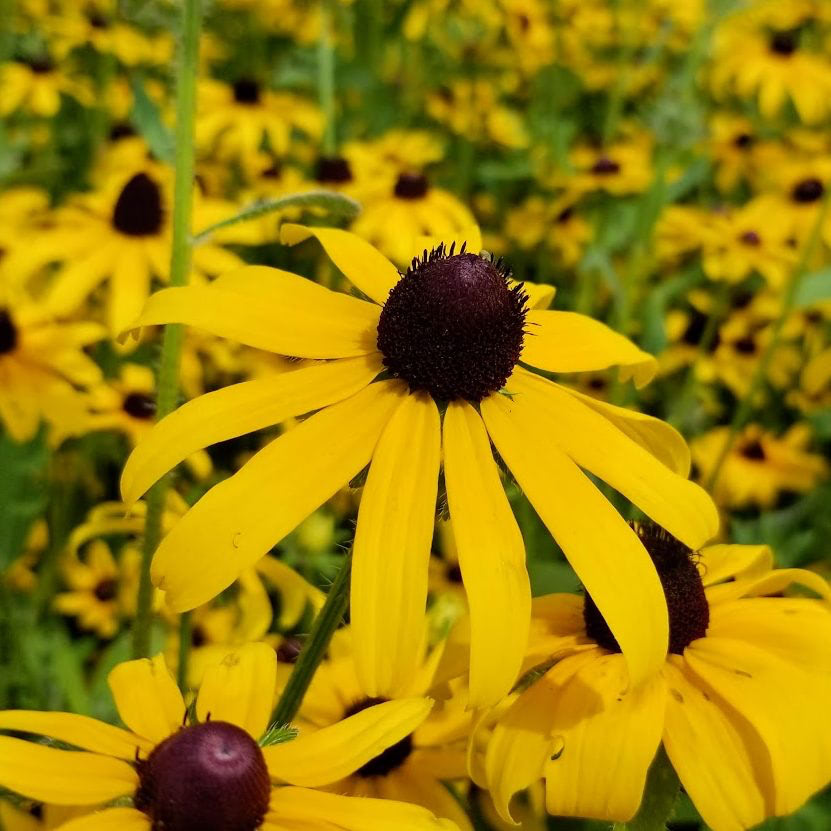
Cardinal Flower (Lobelia cardinalis)
The Cardinal Flower (Lobelia cardinalis) features stunning, brilliant red tubular flowers that are highly attractive to hummingbirds. Blooming in late summer, this striking perennial thrives in moist, rich soil and adds vibrant color to gardens, making it a favorite for both gardeners and pollinators alike.
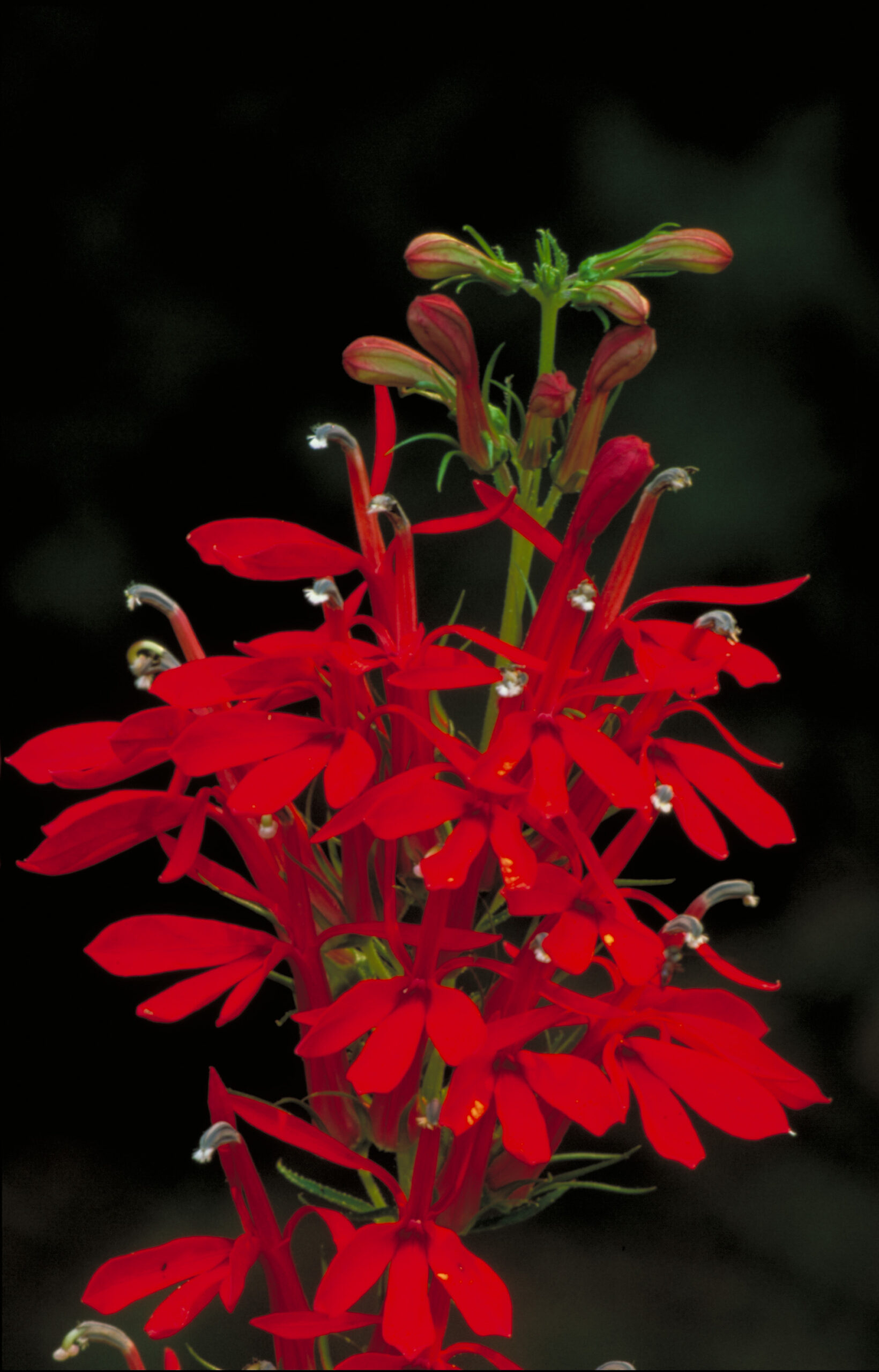
Zinnias (Zinnia spp.)
Zinnias (Zinnia spp.) are vibrant annuals renowned for their dazzling array of colors, from bold reds and purples to soft pinks and whites. Their extended blooming season makes them a garden favorite, attracting hummingbirds and butterflies. These low-maintenance flowers add continuous splashes of color and life to any landscape.
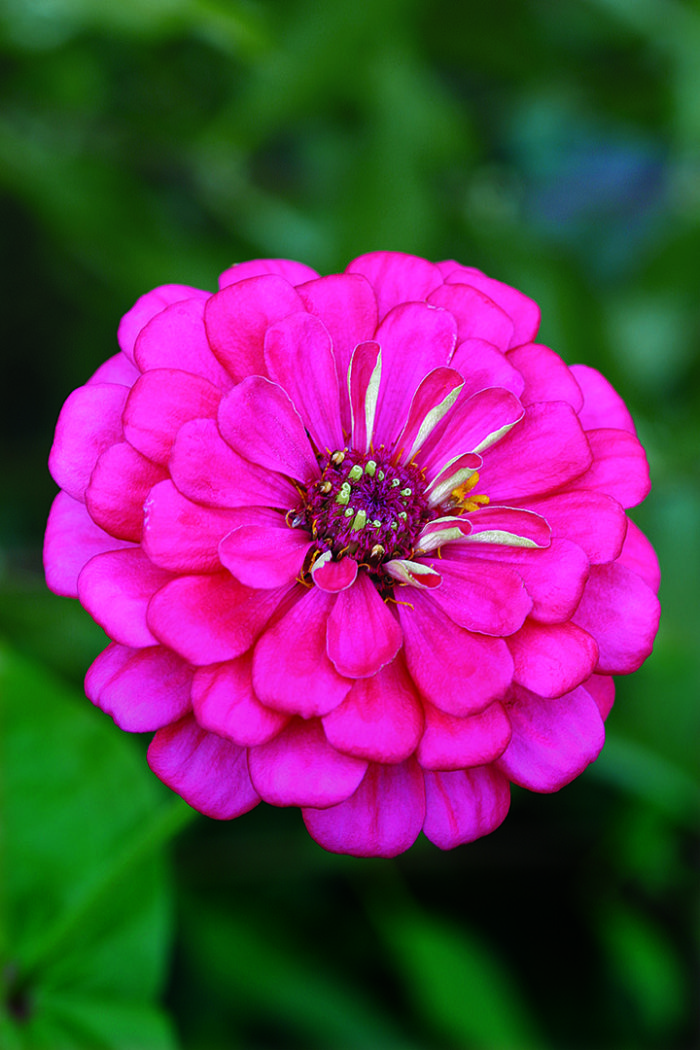
Lupines (Lupinus spp.)
Lupines (Lupinus spp.) are vibrant perennials known for their striking, tall spikes of flowers in shades ranging from blue and purple to pink and white. These visually stunning blooms are a magnet for hummingbirds and bees, making them a delightful addition to gardens seeking to attract pollinators.
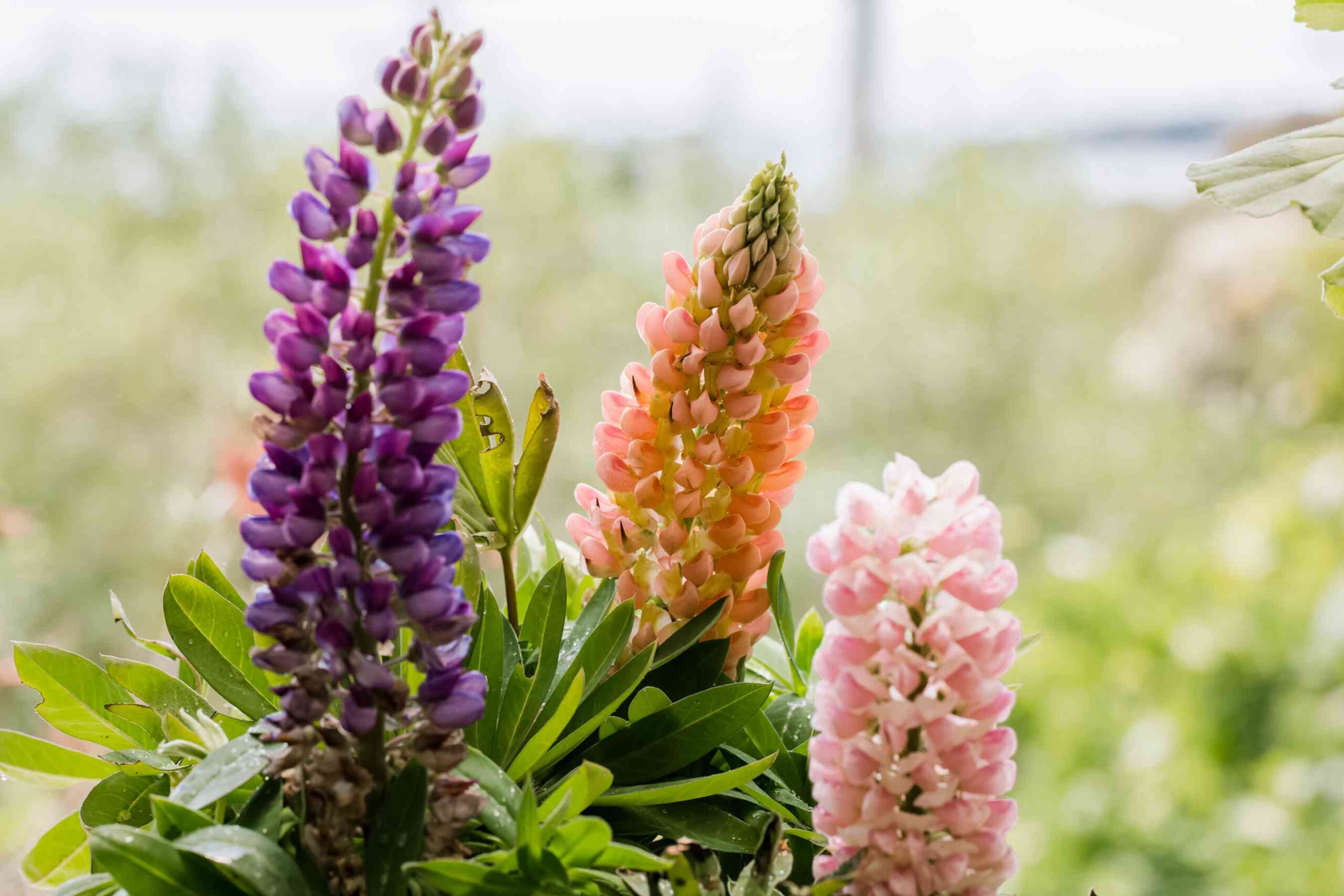
Cosmos (Cosmos spp.)
Cosmos (Cosmos spp.) are charming garden flowers adored by goldfinches and butterflies. Their delicate, daisy-like blooms in shades of pink, white, and orange add a whimsical touch to any garden. These easy-to-grow plants provide a burst of color and attract wildlife, making them a delightful addition to floral landscapes.

Aster (Aster spp.)
Aster (Aster spp.) is a charming addition to any garden. With small, daisy-like flowers that bloom in various colors, it attracts butterflies and finches, enhancing biodiversity. Its vibrant display adds beauty and color, making it a beloved choice for both wildlife enthusiasts and gardeners alike.
